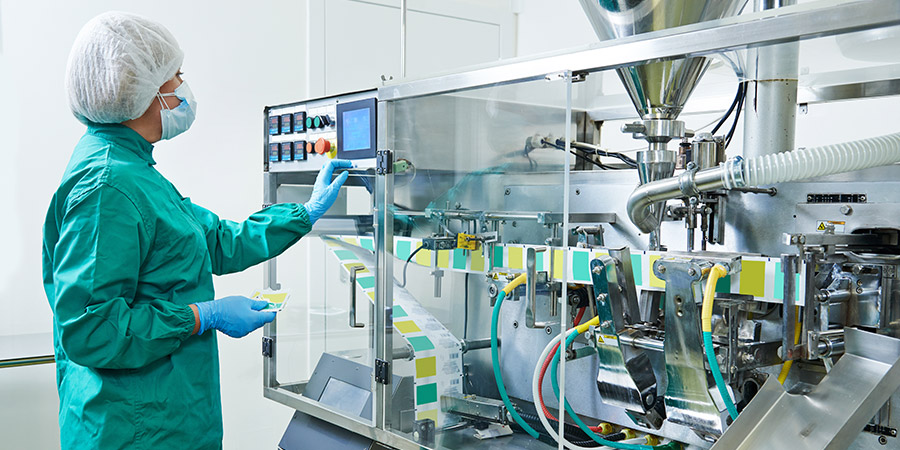- Steris Case Study
- Faster, Clearer, Easier Pharma SOPs
- How Pharma Manufacturers Can Save Millions with AR
About the Company
Haarlem is Merck’s ‘flexible packaging’ site in Europe and can switch packaging lines quickly enabling it to supply numerous markets with both MSD and Organon products. Packaging at Haarlem takes many forms including bottles, blister packs, vials and syringes. But for the medicine to be delivered to markets, the correct packaging and information leaflet is required for each market.
To facilitate the enormous amount of work performed at Haarlem, their fleet of AGVs has recently been upgraded to help get things done. AGVs or ‘Autonomous Guided Vehicles’ are material handling robots that move material around the Haarlem site. In addition to providing time savings, it’s an incredibly clever solution - as AGVs are treated as extensions of the warehouse. Therefore, moving material across the site from the “highbay” warehouse to packaging lines can be executed autonomously and without any chain-of-custody transactions.
Against this complex backdrop of people and automation minimizing human error is a huge priority, as even a small mistake can prevent an entire batch of life-saving medicine from shipping to where it is needed. For things to run smoothly, it is vital for knowledge workers to be equipped with consistent and clear information to allow them to do their jobs right first time.

– René van der Born, Senior Specialist MPS Engineer
See GATE Procedures in Action
The AGV team is very satisfied with their new GATE procedures. The most junior teammate is now provided the same standardized, detailed information as the most senior teammate in a user-friendly format. But this is only the beginning. Given Haarlem’s enthusiasm for GATE, it’s easy to see this early success as the beginning of the value that GATE will provide the site.
Rene and his team’s foresight in realizing that GATE’s potential can only be achieved by standardization which is critical for deploying GATE in an organized way, so knowledge workers are provided with consistent information across the site. Rene said: “As a lot of standardized work takes place on the site, it is important that regular tasks at the packaging IPTs like changing temper evident labels, cleaning printers and changing ‘blister’ packaging line foil are conducted in standardized ways. Also, for the CoE’s Quality there are lots of opportunities to use GATE at the Laboratory and for IPT Global Logistics there are enormous possibilities. We’re excited to execute our plan and realize the value that GATE provides – standardized, contextualized information in real time to knowledge workers.”

Lessons Learned
The success of the GATE implementation at Haarlem, along with the successes at sites like North Wales, has shown that the modules to get the information they need in the context of what they are doing, and right in the flow of their work is transformative and scalable. Haarlem’s structured approach in planning, prioritizing and standardizing GATE implementation will bring benefits to the site, and can be adopted as a best practice more broadly.